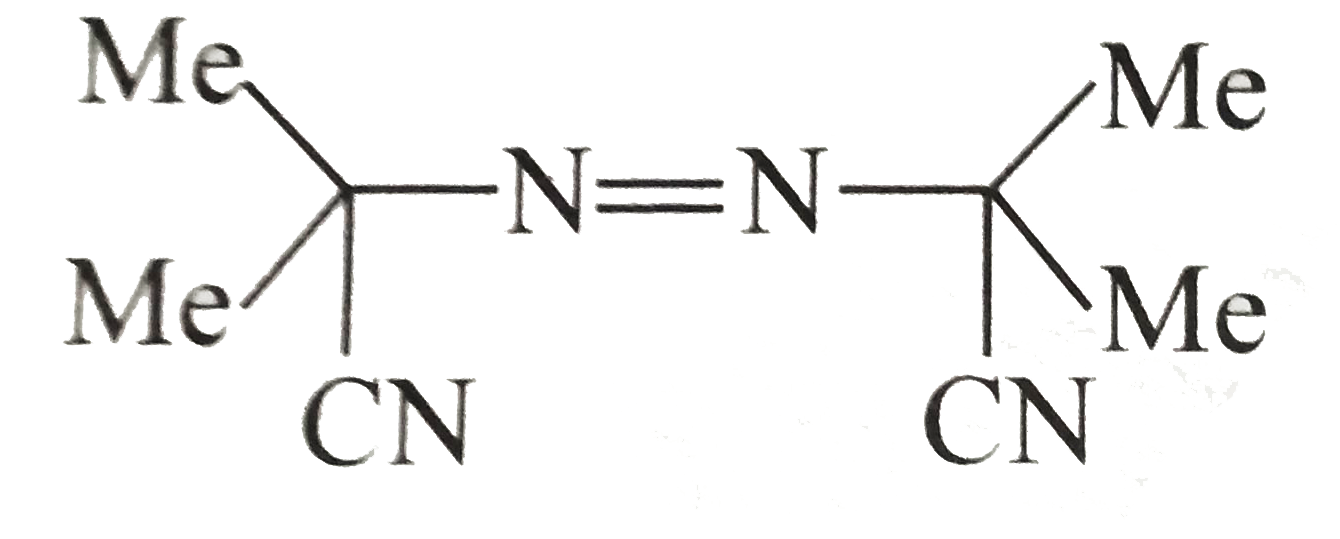In the presence of lactase, lactose breaks down into molecules of:
To answer the question regarding the breakdown of lactose in the presence of lactase, we can follow these steps:
1. Identify the Substrate: The substrate in this reaction is lactose, which is a disaccharide sugar found in milk.
2. Identify the Enzyme: The enzyme involved in this reaction is lactase. Lactase is responsible for catalyzing the hydrolysis of lactose.
3. Understand the Structure of Lactose: Lactose is composed of two monosaccharides: glucose and galactose. Its chemical formula is C12H22O11.
4. Reaction Process: When lactase acts on lactose, it catalyzes the hydrolysis of the glycosidic bond between glucose and galactose. This means that water is used to break the bond.
5. Products of the Reaction: The hydrolysis of lactose results in the formation of two monosaccharides: glucose (C6H12O6) and galactose (C6H12O6).
6. Final Answer: Therefore, in the presence of lactase, lactose breaks down into molecules of glucose and galactose.
Summary:
In the presence of lactase, lactose breaks down into glucose and galactose.
---
In the presence of lactase, lactose breaks down into glucose and galactose.
Similar Questions
Knowledge Check
Study the given data and answer the questions that follow.
A sample of an enzyme called lactase was isolated from the intestinal lining of a calf. Assays were undertaken to evaluate the activity of the enzyme sample.
The substrate of lactase is the disaccharide lactose. Lactase breaks a lactose molecule in two, producing a glucose molecule and a galactose molecule.
Two assays were carried out.
Lactose concentration (% w/v)151515151515Concentration of enzyme smaple (%v/v)0510152025Reaction rate μmole glucose sec−1mL−10255075100125
Lactose concentration (% w/v)0510152530Concentration of enzyme smaple (%v/v)555555Reaction rate μmole glucose sec−1mL−101525354040
Which of the following statements can be concluded from the two assays ?AThe reaction rate of the lactase assay is always proportional to the amount of enzyme present.BThe amount of lactose in an assay has no effect on the rate of the reaction.CThe reaction rate of the lactase assay is proportional to the amount of lactose present.DThe reaction rate is proportional to the amount of enzyme present at a lactose concentration of 15%w/v.Study the given data and answer the questions that follow.
A sample of an enzyme called lactase was isolated from the intestinal lining of a calf. Assays were undertaken to evaluate the activity of the enzyme sample.
The substrate of lactase is the disaccharide lactose. Lactase breaks a lactose molecule in two, producing a glucose molecule and a galactose molecule.
Two assays were carried out.
Lactose concentration (% w/v)151515151515Concentration of enzyme smaple (%v/v)0510152025Reaction rate μmole glucose sec−1mL−10255075100125
Lactose concentration (% w/v)0510152530Concentration of enzyme smaple (%v/v)555555Reaction rate μmole glucose sec−1mL−101525354040
What are the variables in each of the two assays ?A{:(" ""Assay"1," ""Assay"2),("Lactose concentration", "Conentration of enzyme sample"):}B Assay1 Assay2Concentration of enzyme sampleLactose concentrationC Assay1 Assay2Lactose concentrationLactose concentrationD Assay1 Assay2Conentration of enzyme sampleConentration of enzyme sampleStudy the given data and answer the questions that follow.
A sample of an enzyme called lactase was isolated from the intestinal lining of a calf. Assays were undertaken to evaluate the activity of the enzyme sample.
The substrate of lactase is the disaccharide lactose. Lactase breaks a lactose molecule in two, producing a glucose molecule and a galactose molecule.
Two assays were carried out.
Lactose concentration (% w/v)151515151515Concentration of enzyme smaple (%v/v)0510152025Reaction rate μmole glucose sec−1mL−10255075100125
Lactose concentration (% w/v)0510152530Concentration of enzyme smaple (%v/v)555555Reaction rate μmole glucose sec−1mL−101525354040
Which of the following assays would you expect to have the highest reaction rate ?ALactose concentration (%w/v)Concentration of enzyme sample (%v/v)2 15 5BLactose concentration (%w/v)Concentration of enzyme sample (%v/v)2 30 5CLactose concentration (%w/v)Concentration of enzyme sample (%v/v)2 15 25DLactose concentration (%w/v)Concentration of enzyme sample (%v/v)2 30 25
Lactose is hydrolysed into
View SolutionAn alkyl halide is reduced to the corresponding alkane by tributyl stannane (C4H9)3SnH and by a free radical menchanism in the presence of an initiator, an azo compound

that breaks down to N2 and a radical. Give the mechanism of the reaction.
View SolutionLactose is made of
View SolutionHow do you explain the presence of an aldehydic group in a glucose molecule?
View SolutionHow do yout explain the presence of five −OH groups in glucose molecule?
View Solution
